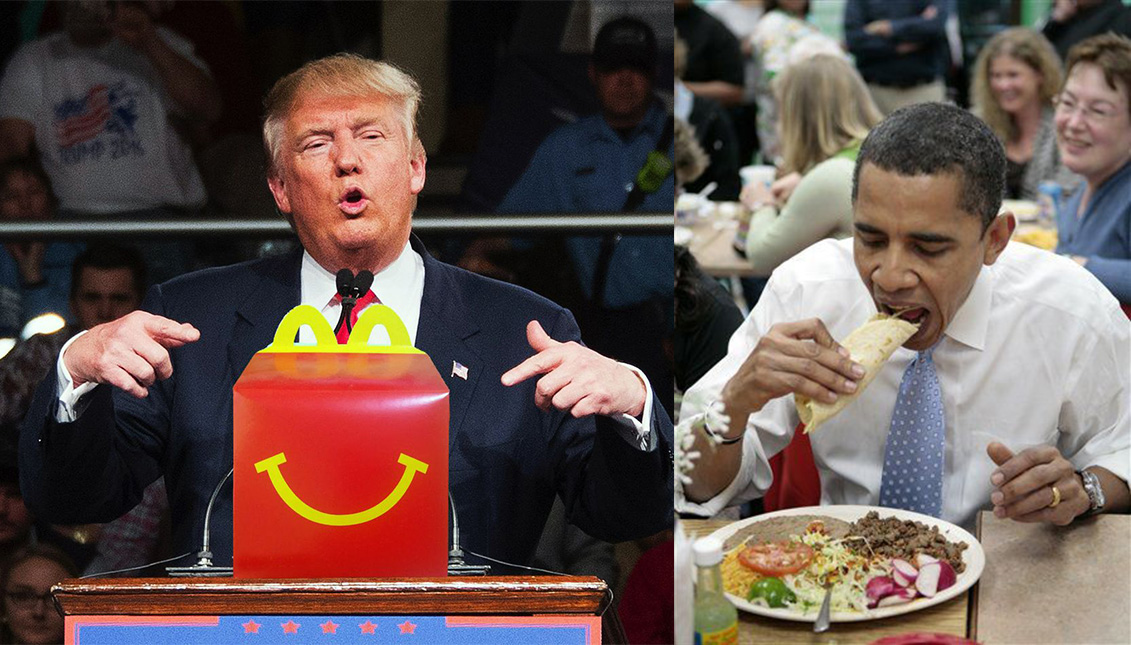
How Latinos have reached the heart of America through the stomach and made it grow
Cultural assimilation is a two-way street, according to a University of Arizona study.
When talking about the integration of migrants and ethnic people in the United States, it is often done in a very unidirectional way. As if by living in the country for generations, one's cultural identity is being diluted to fit into a mostly white system. This is particularly visible in how Spanish was lost through education and how it has become malleable over time, resulting in "Spanglish."
However, what few talk about is the influence of Latino culture on American culture and the enormous contribution that Latinos have made to the country.
Because the easiest way to reach someone's heart is — say abuelas — or gastronomically, a pioneering study by the University of Arizona has investigated the legacy of Latinos in the United States through the kitchen and come to one conclusion:
Cultural assimilation is by no means a one-way street.
That is the view of Christina Diaz and Peter Ore, assistant professor at the School of Behavioral Sciences and graduate student, respectively, who have studied local and national ethnic food restaurants for evidence of how ethnic minorities, especially Hispanic and Asian, have affected the U.S. population.
But why focus solely on food?
According to Diaz, cuisine is one of the first ethnic markers to be absorbed into local communities.
"If we don't look at the patterns that suggest that Asians and Hispanics are associated with local tastes through restaurants, it is unlikely that these populations will transform other dimensions of social life," the professor told Phys.
But this does not mean that a person who loves tacos, chili or lacquered duck is much more tolerant of immigrants.
"A greater acceptance of food ways is not going to be reflective of increasingly positive intergroup relations or dynamics," Diaz said. "This is a small initial step to provide spaces for people across different ethnic groups and different racial categories to potentially interact."
The researchers concluded that ethnic populations can transform the tastes, demands and opportunities of those outside the ethnic community.
In their study "Landscapes of Appropriation and Assimilation: The Impact of Immigrant-Origin Populations on U.S. Cuisine," published in the Journal of Ethnic and Migration Studies, both researchers found strong evidence that Hispanics and Asians add up to a lot in local cuisine.
On the one hand, the greater the concentration of Hispanic and Asian people in a county, the greater the number of ethnic restaurants of these cultures.
They also saw that the greater availability of local Asian and Hispanic cuisine in a territory was linked to the educational level of the mostly white population.
This has been called "relational assimilation."
"We found that the availability of restaurants is also higher in really diverse areas, so we have reason to believe that there really is something in these inter-group interactions that is fertile for the demand for ethnic restaurants," Diaz said.
"More educated people tend to point out their status by presenting themselves as eclectic or omnivorous," added Ore.
RELATED CONTENT
Thus, the researchers concluded that ethnic populations can transform the tastes, demands and opportunities of those outside the ethnic community.
Diaz and Ore drew on a wealth of data from the U.S. Census, the American Community Survey, the Economic Research Service, CQ Press' Vote and Election Collection, Reference U.S. and Nielsen's marketing data.
The sociologists included both first-generation migrants and U.S.-born people because "often those outside the ethnic group tend to codify ethnic people as foreigners no matter where they were born, and also because food is an enduring cultural attribute that is passed down from generation to generation," Diaz stated.
Now, what happens when a non-Mexican person, for example, opens a taqueria? Or better yet, when a chain of restaurants starts doing business with a community's own cuisine?
"We are agnostic about whether non-ethnic ownership is necessarily appropriation," Diaz noted. "We are interpreting the high rate of appropriation among non-ethnics as relational assimilation because we see evidence of a greater relationship in areas with a dense co-ethnic population."
However, ethnic fast food chains are a different story. Since non-ethnic ownership is not related to the actual size of the community, it suggests that these companies are indeed seeking to do business with the product of another culture.
In sociology, this process is known as "appropriative assimilation." That is, cultural appropriation.
So why don't chains like Taco Bell, founded by Californian Glen Bell, provoke angry protests like they do from writers, artists, and other entrepreneurs?
"We suspect that restaurant spaces may be less likely to invoke hardened protest from majority groups than other markers of ethnicity, such as foreign language programs in schools or employer preferences for specific skills," the researcher concluded.











LEAVE A COMMENT: